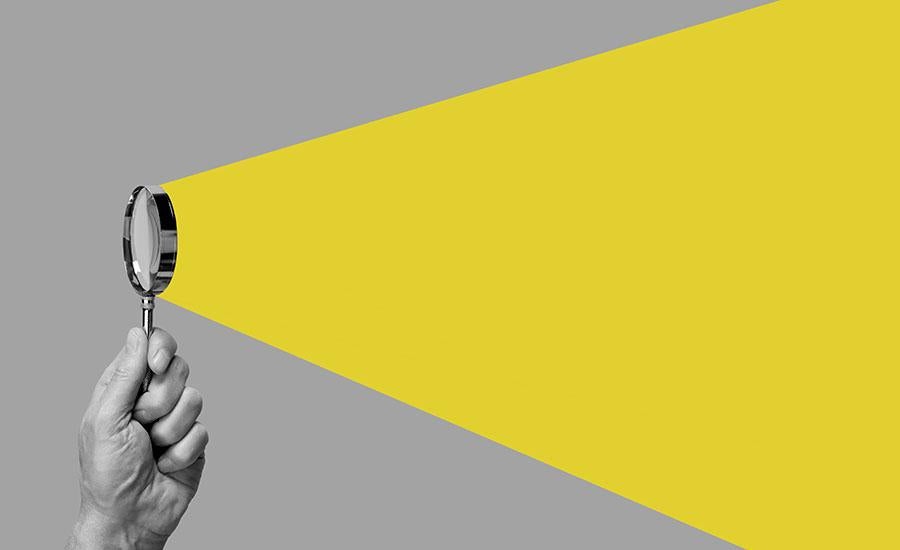
Light Reflection and Light Refraction
by Donna Brunjes
How do light rays reflect and refract? Does light travel at different speeds in different mediums? This lesson reviews how light waves can be reflected and refracted, and how light waves can change speed when being transmitted from one medium to another. Snell's Law is examined in detail, as are the properties of light waves in general, such as speed, frequency and wavelength. An exploration of mirrors (for light reflection) and lenses (for light refraction) are included, as are prisms which exhibit light dispersion and internal reflection. Lastly, examples of how light reflection and light refraction are used in modern devices and technologies are provided.
Lesson Plan Link/URL
https://docs.google.com/presentation/d/1a9IcZRdvHLA3M8SHjD3Frk_4jkZSZbm3/edit?u…Subject Area
Science Physical Science P1: Matter P4: Energy Transfer Engineering S2: Apply the Engineering Design Process S4: Apply Science to Engineering Mathematics Geometry (G) Algebra (A) Reasoning with Trigonometry (RT) Reasoning with Vectors (RV)
Featured
Off
Related Content

Grades:
7th Grade, 8th Grade, 9th Grade, 10th Grade, 11th Grade, 12th Grade
This is an overview of Electronic Circuits, using TinkerCad to learn how to change components, add wires and connect a circuit. Three online simulation lessons are provided with the option to continue

Grades:
7th Grade, 8th Grade, 9th Grade, 10th Grade, 11th Grade, 12th Grade
The purpose of this project is to have students use their knowledge of series and parallel circuits to create an electronic greeting card or an electronic game. This lesson should be given after

Grades:
5th Grade
In this lesson, students will work individually to build a working periscope. They will make a simple one out of card stock and then being creative with whatever supplies their teacher gives them